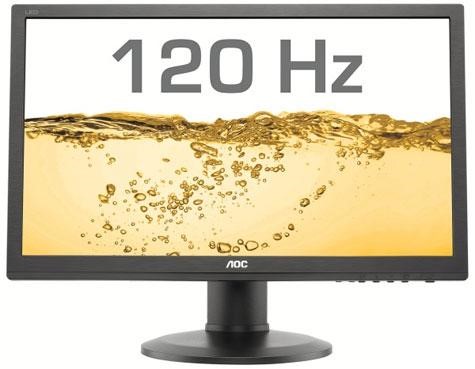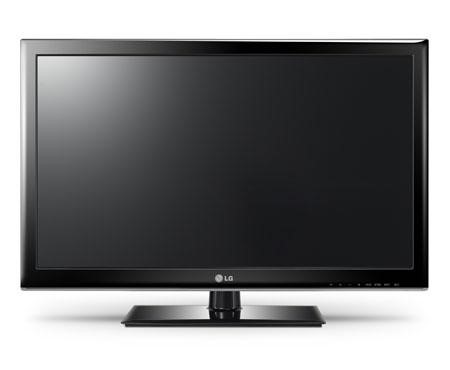-
-
products
-
resources
-
support
-
company
-
Computer Monitor Refresh Rates & Response Time Explained
By Steve Horton May 23, 2013monitor, refresh rate, response time2 CommentsOne of the most important things to consider when buying a computer is what monitor you’re going to use with it. How high is the resolution? What’s the response time? How big is it? What kind of ports does it take? Why does this all even matter? What are these things?
Fear not.
I’m here to help.

An example of a 120hz monitor.Hz? What’s Hz? Is that good?
One of the most important aspects of a monitor is its response time and also its Hz. Hertz in a monitor is simply how many times it refreshes in a second — 60Hz is fine for most things and 120Hz is overkill — unless you’re going to be viewing content in 3D, in which case a 120Hz panel is a necessity if you want to view your content without experiencing significant lag. Response time is a different story — how fast each of the pixels react to the input sent from your computer. Five ms is preferable and 8 ms is a little laggy — however, higher response time becomes less necessary the bigger your screen is. If you’re a hardcore gamer, however, you’re definitely going to want to seek monitors with lower response time. Some monitors go as low as 1 ms.
Monitor size is a different story. The bigger your monitor gets, the more exponentially it’ll increase in price — and once you go past 27 inches, the differences just gets plain ridiculous. In fact, an 32-inch HDTV is less expensive than a 32-inch monitor!

An example of a 32-inch monitor.So this is what I should buy, right?
There’s a reason monitors can be more expensive at that size, unfortunately. HDTVs all have a set resolution of 1080p — and the larger the screen gets without upping the resolution, the harder it may be to read text, especially if you’re close enough to be using a TV as a monitor. For more on using a TV as a monitor, consult this article.
Monitors at the same size have double, sometimes triple resolution to compensate for user comfort and distance from the screen. For resolutions higher than 1080p, you’ll need a video card and monitor compatible with DVI. Ports are needed for added functionality — be sure your computer’s video ports are compatible with the ports on your monitor — otherwise, without buying an adapter, your investment will have gone to waste.
A final few things to consider are price and panel type. If you can afford it, buy an LED over an LCD, as they’re much lighter. If you’re a gamer, do not buy a plasma screen — in addition to being easily damaged, they have shorter lives and can’t deal with high framerates nearly as well as their cousins.
Was this post helpful?YesNoFree Driver Updates
Update your drivers in less than 2 minutes to enjoy better PC performance - Free.
Free Driver Updates
Update your drivers in less than 2 minutes to enjoy better
PC performance - Free.
Didn't find your answer?Ask a question to our community of experts from around the world and receive an answer in no time at all.most relevant recent articles Pin It on Pinterest